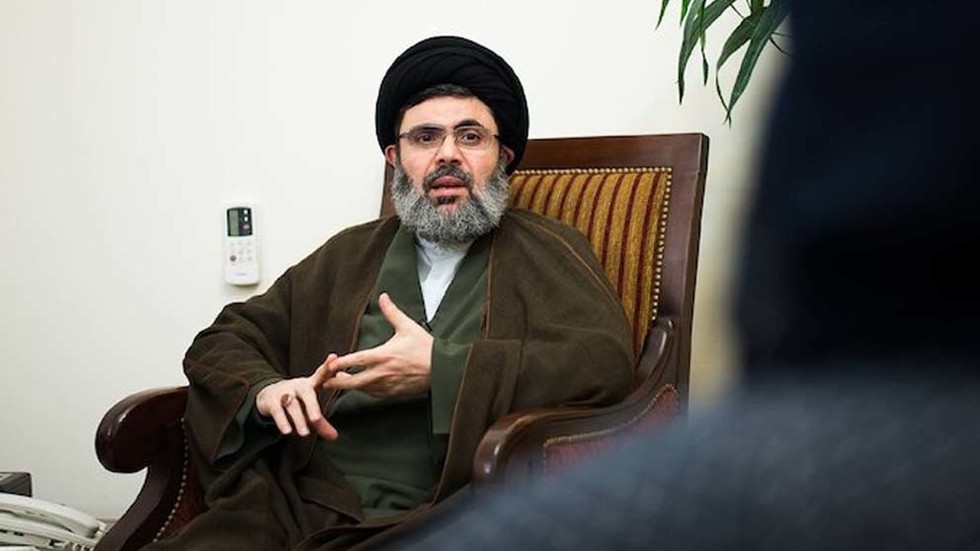On a recent Friday, Hashem Safieddine, a significant figure within the Hezbollah organization and often speculated to be the successor to the late Hassan Nasrallah, was reportedly killed in an Israeli airstrike that targeted a section of Beirut. According to the Arabic news channel Al Arabiya, Safieddine, who was aged 60 and served as the head of the Executive Council of Hezbollah, was caught in the strike alongside several Iranian aides and other Hezbollah commanders. Initial reports indicated that he was believed to be in hiding within a bomb shelter at the time of the attack. An unnamed Lebanese official cited by various news sources remarked on the limited chances of survival in the affected area, emphasizing the severity of the strike.
The news of Safieddine’s alleged death has been mirrored by sources from Reuters and Sky News Arabia, both of which noted that communications with him had ceased following the airstrike. This attack also reportedly left Esmail Ghaani, who commands the Quds Force of Iran’s Islamic Revolutionary Guard Corps, suffering injury, highlighting the broader implications of the strike against key military figures in Hezbollah and the Iranian military apparatus in Lebanon. These developments unfold against the backdrop of increased Israeli military operations targeting Hezbollah, aimed notably at neutralizing their leadership and operational capabilities.
Despite the claims of his assassination, early reports from Israeli media suggested that Safieddine might have only sustained injuries in the airstrike, which was characterized as aimed at a gathering of top Hezbollah intelligence officials. The organization has yet to issue an official comment regarding the reports of Safieddine’s death, maintaining a level of ambiguity amid rising tensions. Previously, Hezbollah had dismissed speculation regarding Safieddine’s appointment as Nasrallah’s replacement following the latter’s assassination, which had also occurred in Beirut due to an Israeli airstrike just a month prior.
This recent air raid forms part of a broader strategic campaign by Israel, which has included limited ground incursions into southern Lebanon. These operations have been presented by Israeli officials as critical moves in dismantling Hezbollah’s infrastructure, asserting that their military actions have effectively disrupted the organization’s command and control capabilities. The importance of this military effort underscores the ongoing conflict dynamics in the region, particularly with regard to Iranian influence and Hezbollah’s operational resilience.
The Israeli military strikes have garnered international attention, prompting discussions around the long-standing conflict between Israel and Hezbollah, a militant group that has operated with varying levels of support from Iran. The assassination of significant figures like Nasrallah and potentially Safieddine represents a significant escalation in Israel’s tactics, potentially altering the power dynamics within Hezbollah and its relationships with Iranian military support. Observers are closely monitoring the fallout of these events, considering how they might impact regional security and the balance of power.
In conclusion, the death of Hashem Safieddine, if confirmed, could represent a turning point for Hezbollah, especially in the wake of the previous loss of Hassan Nasrallah. The ongoing Israeli campaign to dismantle Hezbollah’s leadership is reflective of a larger struggle for power and influence in the Middle East, raising questions about the future strategies of both Hezbollah and Iran in the face of continued military pressure. As this situation evolves, the implications for regional stability remain significant, with potential ripple effects not only in Lebanon but across the broader geopolitical landscape involving Israel, Iran, and their respective allies and adversaries.

